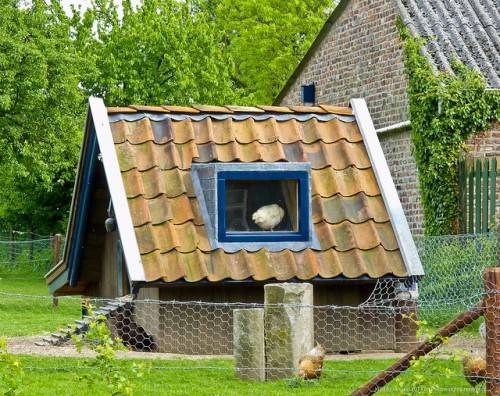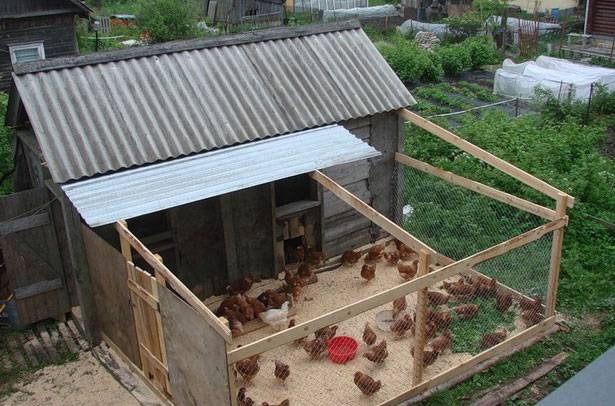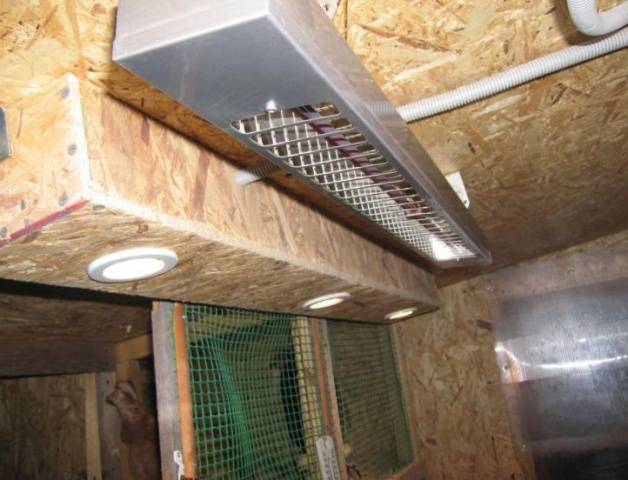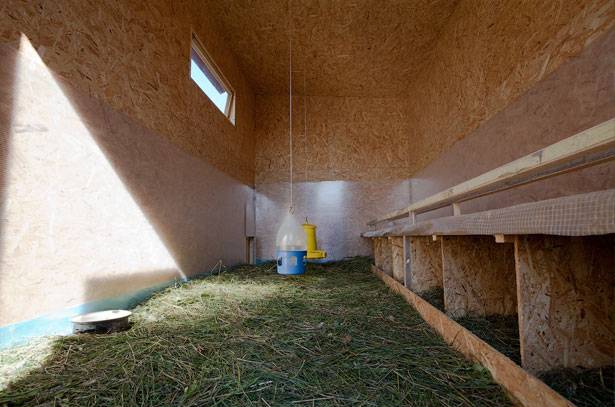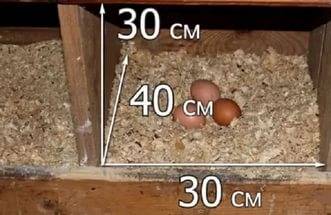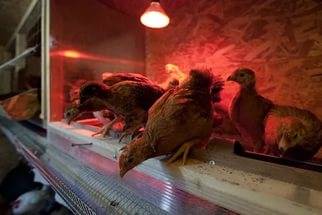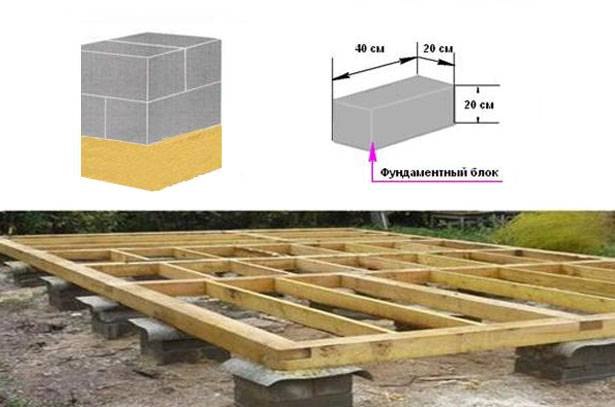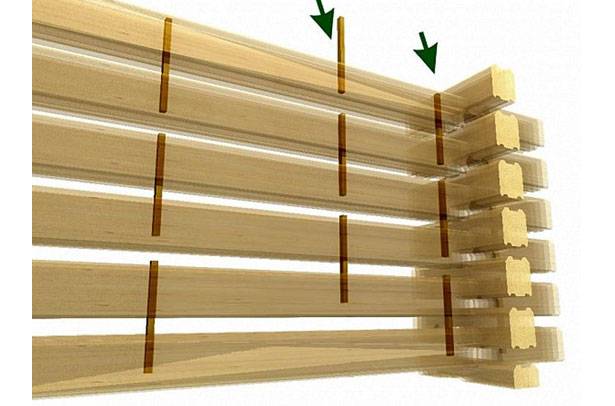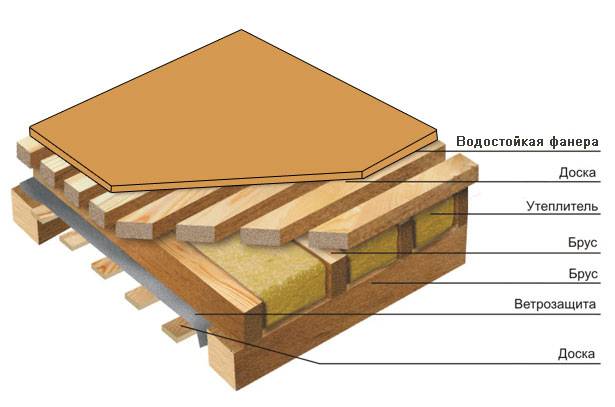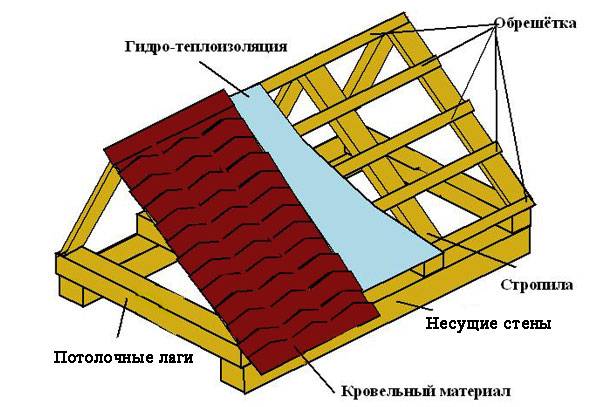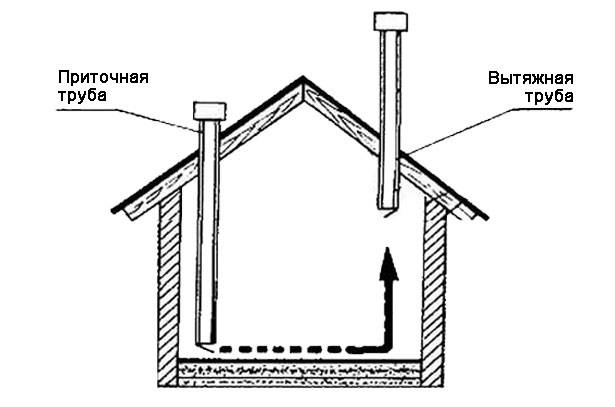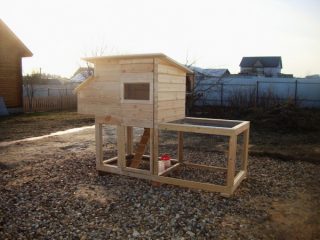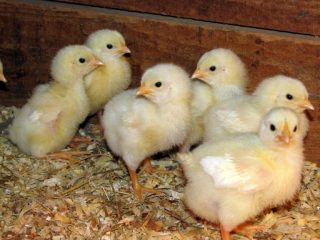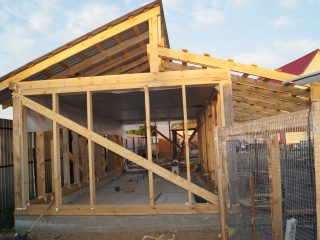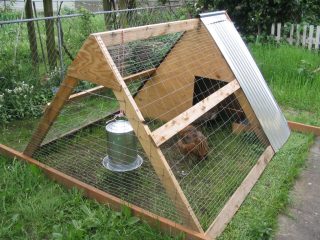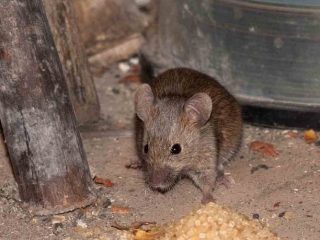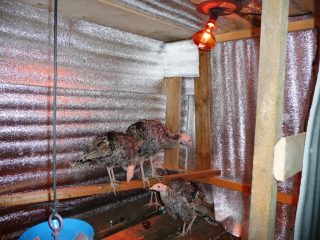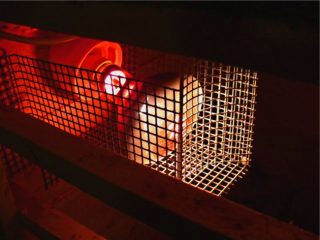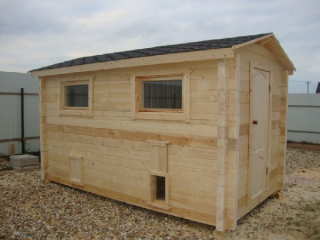Content
You can get normal growth of chickens and good egg production only in a properly built poultry house. Everything is taken into account: barn lighting, convenient design of nests, perches, feeders, drinkers and other little things. However, the main requirement the chicken coop is its insulation. Chickens do not like the cold, and if the temperature inside the barn is low, productivity will drop sharply. This nuance must be taken into account when you build a winter DIY chicken coop, and then you will have the opportunity to have homemade eggs on the table all year round.
Features of a chicken coop for winter poultry keeping
A special feature of a winter chicken coop for chickens is that the room must reliably protect the birds from winds and frosts in any weather. The built barn will become a full-fledged poultry house after careful insulation all elements of the building, as well as the correct organization of lighting. These are two very important requirements, without which it will not be possible to achieve positive results.
There are three important points that determine the features of a winter chicken coop:
- The inside of the winter chicken coop should always be dry. In addition to low temperature, moisture has a negative impact on chicken health. Even if you build a very warm one chicken barn, but with poor ventilation, dampness will remain inside the winter poultry house. A bird will often get sick in winter, since humid air is dangerous for the respiratory tract.
- Even at the stage when you are developing a winter chicken coop project, you need to take into account its dimensions. A large barn, following the example of a summer poultry house, will not be suitable for the winter. Extra space is difficult and expensive heat. In addition, in winter the birds huddle together in groups and do not rush around the chicken coop as briskly as they do in the summer. Calculating the size of the winter poultry house, 1 m2 premises are allocated for four laying hens or three meat breeds.
- For a winter chicken coop, it is important to install the windows correctly. Firstly, they must have double glass. Secondly, it is advisable to install windows on the south side. This arrangement contributes to optimal illumination of the barn by sunlight. Chickens receive vitamin D in winter, plus the litter dries out faster. Usually, for a poultry house for 20 birds, two windows are installed.
We only looked at the features of a winter poultry house. Next, it’s worth finding out what the general requirements are for chicken coops.
What to consider when building a poultry house
It doesn’t matter what kind of poultry house we are building – winter or summer. There are general requirements for any chicken coop, and you need to know them.
Choosing a location and arranging a walk
Chicken coops are not famous for such a specific smell as pigsties, but they still need to be removed as much as possible from the living space. Moreover, neighboring houses are also taken into account.It is optimal to remove the poultry house 15 m from the living space. It is advisable to take into account which direction the wind often blows so that unpleasant odors do not spread throughout the yard. It is good if the house is partially shaded by trees, but not from the windows.
A mesh fence is provided near the chicken coop on the side of the entrance doors. After all, chickens will live in a winter poultry house in the summer, which means they need a place to roam. Typically, the size of the enclosure is taken to be twice the area of the barn. It is advisable to also cover the top of the run with a net to protect the chickens from predators.
Creating an optimal microclimate
When a chicken is comfortable, it lays eggs well and grows quickly. It is optimal for chickens in winter to maintain a positive temperature inside the barn from 15 to 18OC. A decrease or increase from the specified limit affects a decrease in egg production. Although the bird still feels fine up to +28OC. In summer, with the onset of heat, you can reduce the temperature inside the chicken coop by shading and ventilation.
In order to ensure an optimal microclimate inside the poultry house in winter, several requirements must be met:
- it is better to build for winter keeping of birds frame chicken coop made of wood with a minimum wall thickness of 20 cm;
- all elements of the barn are additionally insulated;
- the cracks are carefully caulked, and vents and a ventilation system are provided for ventilation;
- The winter version of the chicken coop requires the installation of heating devices.
Red lamps and IR heaters powered by electricity have proven themselves well. Their rays do not heat the air, but the surface of objects, from which the heat is then reflected.
Interior arrangement of the chicken coop
Building a barn for chickens in your yard with your own hands is only half the job. The poultry house requires interior arrangement. If you plan to keep chickens with a brood, then you need to plan a separate place for them, protected from the hustle and bustle.
When planning a poultry house, take into account the following requirements:
- Perches are installed at a height of 50 cm from the floor closer to the wall opposite the entrance doors. The poles are made from timber with a cross-section of 50x60 mm, rounding the corners with a plane. The total length of the perch is calculated by the number of heads. One chicken is given 30 cm of free space on the perch. The perch can be installed vertically and horizontally. The choice depends on the amount of free space. The outermost pole is removed from the wall by 25 cm, all the rest are fastened in increments of 35 cm.
- Nests for laying hens are installed no closer than 50 cm from the floor in a secluded place, closed from drafts. The photo shows the optimal dimensions of the structure. Fine sawdust or straw is placed at the bottom to prevent the eggs from breaking. The number of nests depends on the population. It is optimal to build 10 pieces for 20 chickens.
- Feeders and drinkers are located near the walls in different parts of the poultry house so that they do not interfere with cleaning the room. A pocket for grass can be made from steel mesh.
A properly constructed poultry house, in addition to the main doors, should have a summer hole in the wall. Through it the chickens will go out for a walk in the fence. In winter, this hole needs to be insulated.
Artificial lighting
A chicken needs 10 hours of daylight. To increase egg production, it is extended to 12 hours.In any case, in winter the daylight hours are short, so artificial lighting must be installed inside the poultry house. Fluorescent, infrared or gas-discharge lamps are optimally suited for these purposes. Their spectrum partially replaces the sun's rays. Ordinary incandescent lamps will not give a positive effect. The number and power of light sources are calculated based on the area of the chicken coop. The ideal illumination is 20 lux.
Video about building a chicken coop:
The main stages of building a winter chicken coop
So, it’s time to look at the basic steps on how to build a winter poultry house. Before starting work, you need to have a independently drawn up project in hand. We have already talked about calculating the area, but suddenly over time you will want to have more chickens. In this case, you can build a winter chicken coop with a reserve, and when cold weather sets in, fence off the extra room with a temporary screen.
Laying the foundation for a winter poultry house
The construction of a winter poultry house begins with laying the foundation. For the frame method, a columnar base is ideal. The photo shows an example of such a foundation, on top of which the lower frame of the future building is laid.
Let's take a quick look at how to make pillars:
- Work begins with marking the area where the outline of the future winter poultry house is outlined. A peg is placed in the corners and every 1 m, indicating the location of the pillar. In these places, holes are dug with a depth of 70–80 cm. On heaving soil, the depth of the holes is increased to more than 1 m.
- Sand with crushed stone or gravel 20 cm thick is poured into the bottom of each hole.The pillars are erected from the material at hand. Laying two bricks is simpler and more reliable. Ready-made pillars can be made from pieces of pipes 150 mm thick or reinforced concrete piles. If none of the proposed materials are available, formwork is placed around the holes to pour concrete pillars.
The posts for a warm chicken coop should all be at the same level and protrude from the ground by at least 20 cm.
Construction of winter poultry house walls
The warmest chicken coop can only be made from wood, so it is better to stick to the frame construction method. The photo shows an example of connecting timber during the construction of walls. Their optimal height is 1.9 m.
The procedure for constructing the walls of a winter poultry house is as follows:
- The surface of the columnar foundation is covered with waterproofing. The most suitable material is roofing felt.
- The lower frame - the crown - is knocked down from the timber. The ends of each workpiece are secured in half.
- The logs are laid in increments of 0.6 m, fixing each with hardware to the crown.
- Next, there is the process of constructing the walls of the winter poultry house using the tongue and groove method. To do this, cuts are made at the joints of the timber.
- To make the walls of the winter poultry house strong, the beams are additionally reinforced with dowels. Wooden rods are driven into the holes to a depth of one and a half beams in 1 m increments. The principle of dowel placement is shown in the photo.
- One or two openings for a window are provided on the southern wall of the poultry house, and doors on the opposite side.
The final step in the construction of the walls of a winter poultry house is their insulation. First, all the cracks are sealed with tow. Then the wood is treated with antiseptic impregnations that protect against fungus and harmful insects. For thermal insulation of wooden walls, it is better to take mineral wool. It is fastened from the inside or outside, after which it is sewn up with wooden clapboard.
Arranging a heated floor for a winter poultry house
To make a warm floor in a winter chicken coop, a board with a cross-section of 25x100 mm is stuffed under the logs, and windproof insulation is laid on top of it. The void between the joists is filled with mineral wool. Boards with a cross-section of 50x150 mm are nailed perpendicular to the joists at 100 mm intervals, and sheets of moisture-resistant plywood are laid on top of them.
Construction of the roof of a winter poultry house
For a winter poultry house, it is best to build a gable roof. The attic space will reduce heat loss, plus there will be space for storing equipment. The gable roof diagram is shown in the photo. First, ceiling joists are attached to the top frame of the chicken coop walls. Rafter legs are fixed to them with a slope angle of 35–50O, sewing them together with lathing. Next, a cake is assembled from hydro-, steam- and thermal insulation. Any lightweight roofing material is laid last.
A winter chicken coop needs a ceiling. To make it, the logs are sheathed on both sides with plywood, and the voids are filled with mineral wool or polystyrene foam.
Winter poultry house ventilation
In order to establish an optimal microclimate inside the winter chicken coop, it is necessary to provide supply and exhaust ventilation. Its diagram is shown in the photo.
In the manufacture of air ducts, a plastic pipe with a cross section of 100–200 mm is used. For a chicken coop, at least two channels are made, installed in different parts of the room. Pipes pass through the roof of a winter poultry house. The supply air duct is lowered all the way to the floor, leaving a gap of 20 cm, and a maximum of 40 cm is brought above the roof. The exhaust duct is fixed under the ceiling, and from the outside it is brought out above the roof ridge. Each air duct is covered from the street with a protective cap.
The video shows a winter chicken coop:
Conclusion
That's all the points covering the construction of a poultry house.When the chicken coop is completed with your own hands for the winter, you can cover the floor with bedding and move in the chickens.
